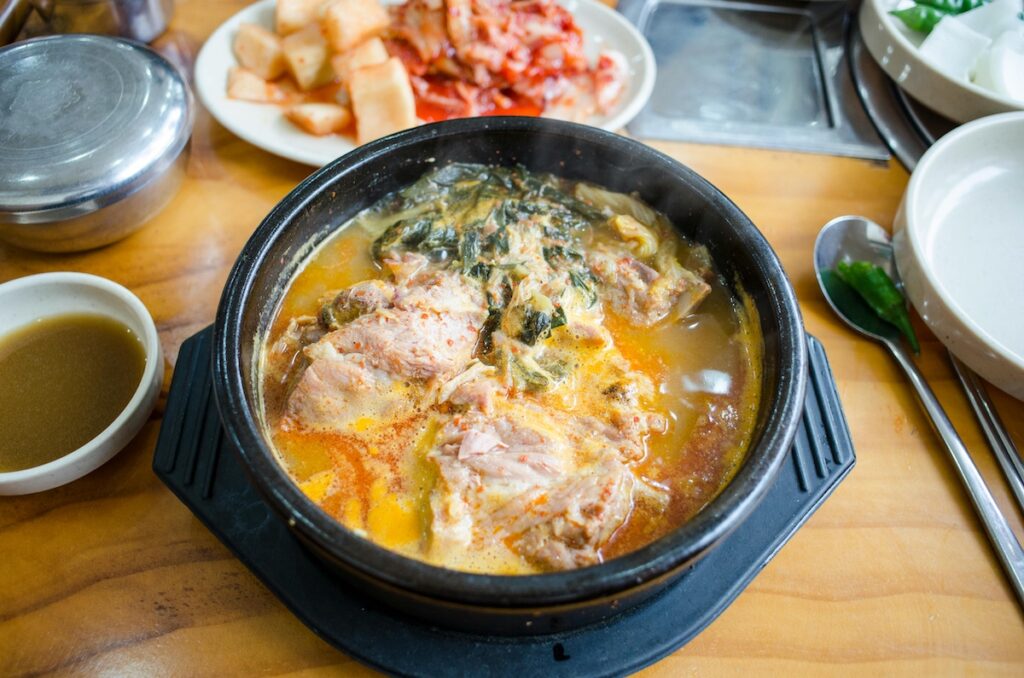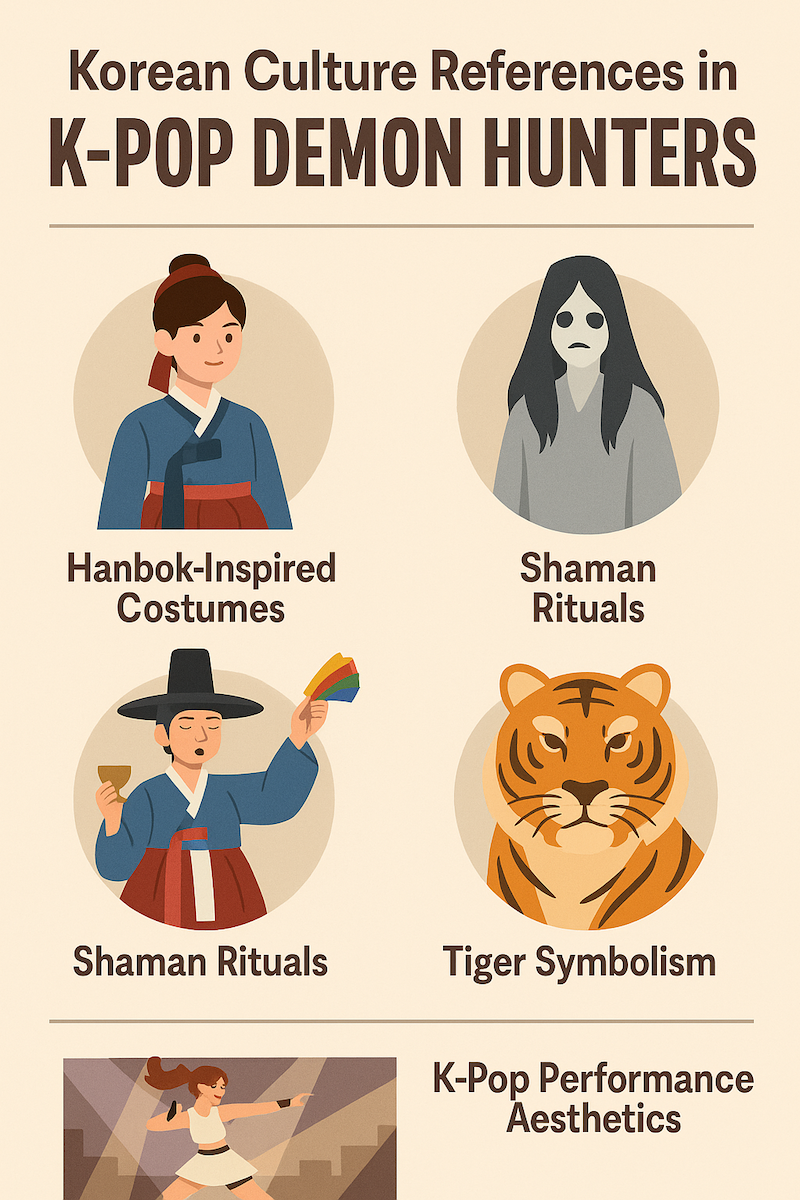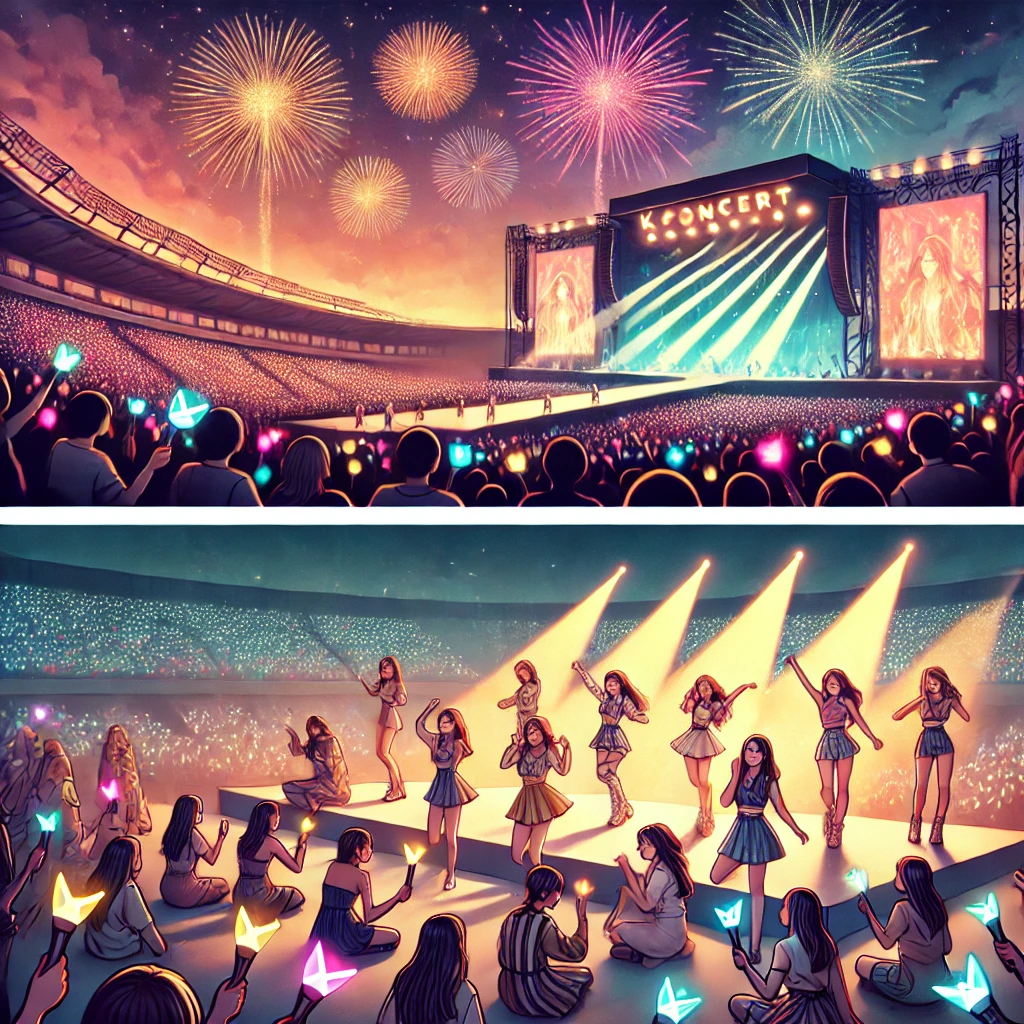Introduction
Food is one of the most powerful windows into a country’s culture. In South Korea, meals are not only about nutrition but also about tradition, community, and rhythm of life. For travelers, understanding Korean eating culture can make daily life in Seoul or Busan much easier. From knowing when locals usually eat, to discovering why 24-hour restaurants and convenience stores are everywhere, this guide will help you adapt smoothly and enjoy every bite of your journey.
Three Meals a Day: The Korean Way
Traditionally, Koreans eat three meals a day: breakfast, lunch, and dinner. Unlike in some Western cultures where breakfast might be just coffee and toast, older generations in Korea consider a proper meal essential—even in the morning.
- Breakfast (아침, achim): Often eaten around 7–8 AM. For older Koreans, breakfast may include rice, soup (국, guk), and side dishes (반찬, banchan). Younger generations, however, are more likely to grab something quick—such as bread, fruit, or a convenience store kimbap roll.
- Lunch (점심, jeomsim): Typically around 12–1 PM. Many workers and students eat out during lunch breaks, with meals like bibimbap, noodle soups, or set menus (정식, jeongsik).
- Dinner (저녁, jeonyeok): Usually between 6–8 PM. This is the most social meal, often shared with family, friends, or colleagues. Dinner can be light (rice and soup) or heavy (Korean BBQ, fried chicken, hot pot).
Generational Differences in Eating Habits
- Older generations: Place a strong emphasis on traditional meals with rice, soup, and multiple side dishes. Skipping breakfast is considered unhealthy.
- Younger Koreans: More flexible, often skipping or simplifying breakfast. Cafes, bakeries, and quick-service restaurants have become popular morning stops.
This generational contrast is visible in the rise of chain shops like Kimbap Cheonguk (김밥천국), where you can order kimbap, soups, or noodles early in the morning.

Where to Eat in the Morning
Unlike some countries where few restaurants open before noon, Korea has many options for early breakfast:
- Kimbap shops: Affordable and fast, offering rolls, ramen, dumplings, and soups.
- Soup restaurants (국밥집, gukbap-jip): Places serving hot bowls of rice soup, like seolleongtang (ox bone soup) or sundae-guk (blood sausage soup). These are especially popular among middle-aged and older Koreans.
- Convenience stores: Found on almost every block, they stock triangle kimbap, sandwiches, and instant noodles—perfect for a quick breakfast.
👉 Google search tip for travelers: Try searching “breakfast in Seoul”, “Seoul early morning restaurants”, or “best gukbap near me”. These queries will bring up local listings on Google Maps or Naver Map.
Eating Late at Night
Another unique aspect of Korean dining culture is how easy it is to find food late at night. Many restaurants—especially BBQ spots, fried chicken shops, and bars—stay open until midnight or later.
- 24-hour restaurants: Chains like Kimbap Cheonguk or certain noodle houses never close.
- Street food stalls (포장마차, pojangmacha): These late-night tents serve spicy stews, grilled skewers, and drinks until the early hours.
- Convenience stores: Open 24/7 and stocked with snacks, kimbap, ramen, and drinks. They often have microwaves and seating areas for quick dining.
⚠️ One rule: you cannot drink alcohol inside convenience stores (though you can purchase it to take away). This surprises some foreigners, since beer and soju are sold everywhere but must be consumed outside or at home.
👉 Google search tip: Use “24 hour restaurants Seoul” or “late night food in Korea” to find reliable listings.
Cultural Insights for Travelers
- Meal Importance: Koreans rarely eat “just a snack” as a substitute for lunch or dinner. Even quick meals tend to be filling.
- Social Aspect: Meals are about sharing. Ordering several dishes and sharing them family-style is common.
- Flexibility: Travelers who wake up late or want to eat at unusual hours won’t struggle in Korea—there is always food available.
- Budget-Friendly Options: Breakfast at a soup shop may cost ₩8,000–10,000, while convenience store meals can be under ₩5,000.
Why Korea Feels Different from Other Countries
- In many Western countries, breakfast options outside hotels are limited. In Korea, full meals are available early in the morning.
- In Europe or North America, most restaurants close by 9–10 PM. In Korea, eating at midnight is normal, and many people grab dinner after work even at 11 PM.
- The sheer number of 24-hour venues (both restaurants and convenience stores) makes Korea stand out as one of the easiest countries to satisfy hunger at any time of day.
Practical Advice for Tourists
- Try a gukbap breakfast: It’s a uniquely Korean way to start the day.
- Use local apps: Google Maps is limited; use Naver Map or Kakao Map for more accurate restaurant searches.
- Don’t be shy about eating alone: Solo dining is normal in Korea, and many restaurants have one-person seating.
- Plan for late-night cravings: You can always find food, whether you want a proper meal or just ramen at a convenience store.
Conclusion
Korean eating culture reflects the nation’s balance of tradition and modern life. Three meals a day remain the standard, but how those meals are taken differs across generations. Whether it’s older Koreans starting the day with rice and soup, or young professionals grabbing a coffee and a sandwich, food continues to shape daily routines.
For travelers, the good news is simple: you will never go hungry in Korea. Early morning soups, 24-hour diners, and ever-present convenience stores ensure that delicious meals are available around the clock. Understanding these habits not only makes travel easier but also offers a deeper appreciation of Korean culture itself.

